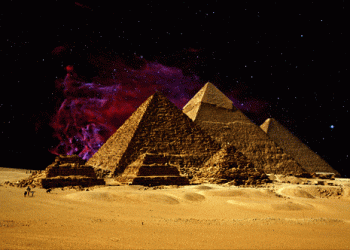The Gregorian calendar, still in use today, replaced the Julian calendar on October 5, 1582, marking the 440th anniversary of the so-called “disappearance.” In what way did this change represent a change? According to the old calendar, October 4 was the last day of the old chronology, and October 15, Friday, was declared in the new calendar. As a result, ten pages of the calendar disappeared. According to the Gregorian reform, the Council of Trent agreed to implement one of its agreements: adjusting the calendar to eliminate the gap that had been created since the first Council of Nicaea, held in 325, when the astral moment was determined at which Easter, as well as other mobile religious festivals, would be celebrated.
It was, therefore, necessary to introduce certain corrections in the civil calendar to ensure the regularity of the liturgical calendar. Basically, the civil calendar was being adapted to the tropical year. A resolution of the Council of Nicaea determined that Easter was to be celebrated in the northern hemisphere on the Sunday following the full moon after the spring equinox (the autumn equinox in the southern hemisphere). Three hundred twenty-five marked the time of the equinox, but over time its date was brought forward: in 1582, the gap was already ten days, and the equinox was dated March 11.
An inaccurate calculation of the number of days in the tropical year was responsible for the gap. The result of 365.25 days as the tropical year was based on the Julian calendar that instituted a leap year every four, but the correct figure is 365.242189, or 365 days, 5 hours, 48 minutes, 45 seconds. A cumulative error of approximately ten days resulted from counting more than 11 minutes per year between 325 and 1582. By changing the rule of the leap year every four years, the Gregorian calendar, which was conceived by the Jesuit Christopher Clavius, adjusts this gap. It exempts leap years that are multiples of 100, an exception that, in turn, had another exception, which was leap years that were multiples of 400.
For leap years, a new rule was added: 365 days is the basic length of the year; however, leap years (that is, 366 days) are defined as years in which the last two digits are divisible by 4, except for those divisible by 100 (1700, 1800, 1900…), from which are excluded those that are also divisible by 400 (1600, 2000, 2400…), which are leap years. We still use this system today. 2100 will not be a leap year, as 2000 was. There was no delay in implementing the Gregorian calendar in Catholic Europe. There was no conversion in Protestant areas until 1700, no conversion in Great Britain until 1753, no conversion in Japan until 1873, and no conversion in Russia (The former Soviet Union) until 1918.
Have something to add? Visit Curiosmos on Facebook. Join the discussion and participate in awesome giveaways in our mobile Telegram group. Join Curiosmos on Telegram Today. t.me/Curiosmos











